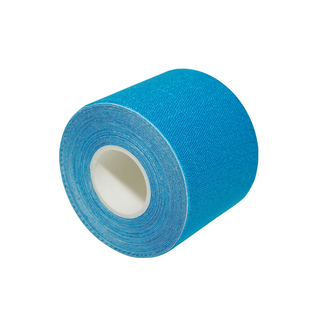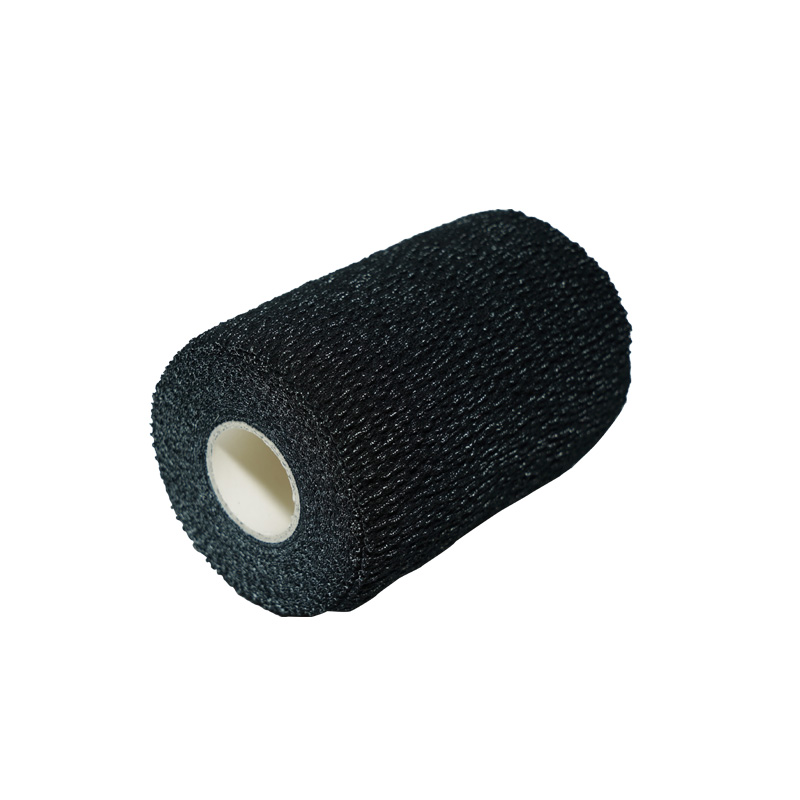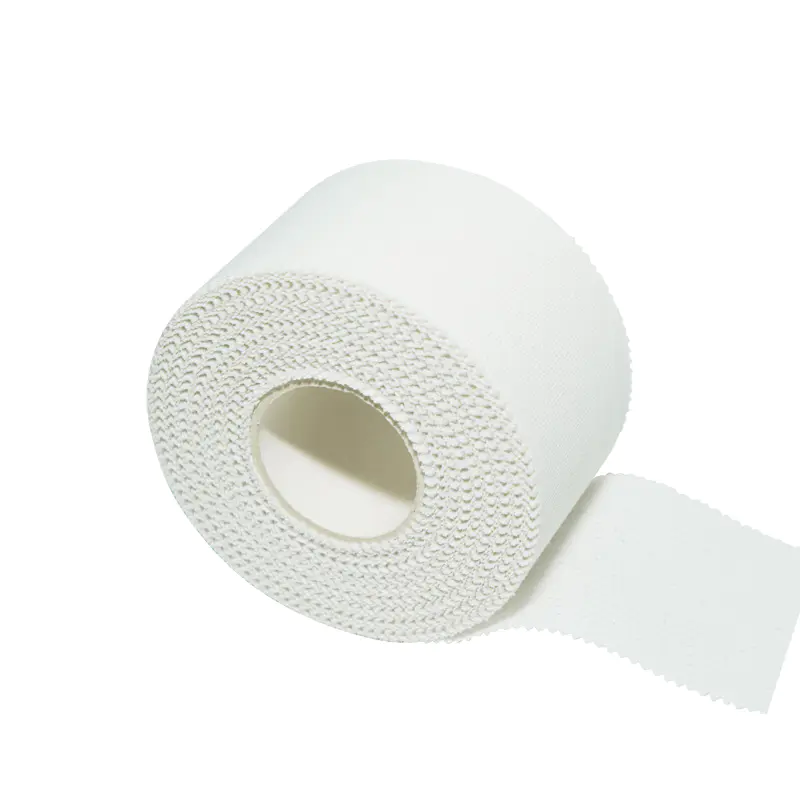Kinesiology tape, a flexible, elastic, and adhesive therapeutic tool, has become ubiquitous in sports medicine and rehabilitation. Its primary functions include pain relief, muscle support, reduced swelling, and improved proprioception. The effectiveness of kinesiology tape largely depends on the specific application technique chosen, which is dictated by the intended therapeutic goal. Understanding these distinct methods is crucial for healthcare professionals and athletes alike.
Key Application Techniques
The application of kinesiology tape utilizes several distinct forms, each designed to achieve a specific physiological effect. The degree of stretch applied to the tape and the cut of the tape strip are the two main variables that differentiate these techniques.
I-Strip (Single Strip)
The I-Strip is the most basic and common application. It consists of a single, straight strip of kinesiology tape.
- Purpose: Primarily used for muscle support, stabilizing a single joint, or for pain management over a concentrated area.
- Technique: The tape is applied along the length of the muscle belly or over the ligament. The stretch applied is usually light (15-25%) for muscle relaxation or moderate (50-75%) for muscle support or joint stabilization.
- Application Direction: For muscle support, the tape is applied from the origin to the insertion of the muscle. For muscle relaxation, the application is from insertion to origin.
Y-Strip
The Y-Strip is a strip of kinesiology tape split lengthwise at one end, forming a ‘Y’ shape. The solid base is the anchor, and the two tails diverge around the target area.
- Purpose: Ideal for wrapping around a muscle to facilitate or inhibit its function, or for surrounding a large joint like the knee or shoulder for stability. It is also highly effective for oedema reduction and lymphatic drainage when applied with a very light or no stretch.
- Technique: The anchor is applied without stretch, and the tails are then placed around the muscle belly or joint line.
- Muscle Facilitation (Support): The ‘Y’ tails follow the contour of the muscle.
- Correction/Stabilization: The tails are often used to pull a joint structure into the correct alignment.
Fan Cut (Web Cut)
The Fan Cut, or Web Cut, is a strip of kinesiology tape split into multiple, narrow tails (typically 4-5) with a single solid base.
- Purpose: This technique is primarily used for lymphatic and circulatory correction and to manage significant swelling (oedema) or bruising (hematoma).
- Technique: The anchor is applied proximal (closer to the trunk) to the area of swelling. The thin tails are then spread over the swollen area like a net, with zero to very light stretch (0-15%). The slight tension of the tape gently lifts the skin, creating convolutions that increase the interstitial space, facilitating the drainage of lymphatic fluid toward the anchor point.

Doughnut Cut / Basket Weave (Space Correction)
This technique involves either a custom-cut hole in the center of the tape or overlapping strips (often an ‘I’ or ‘X’ shape) to create a central space.
- Purpose: Used for space correction to specifically target an area of acute pain or swelling, such as over a trigger point or an area of tenderness.
- Technique: A piece of kinesiology tape with a high degree of stretch (50-75%) is applied over the point of pain. The stretch creates a concentrated lift (decompression) of the skin and underlying fascia, which can immediately relieve pressure on nociceptors (pain receptors) and improve circulation. The surrounding tape can be anchored with less tension.
Power Bandage (Stabilization)
This method typically uses multiple overlapped ‘I’ strips or a combination of cuts to create a firm, multi-directional pull.
- Purpose: To provide maximum support and stability to a hyper-mobile or injured joint (e.g., ankle sprain, shoulder instability) where some degree of functional immobilization is required without full restriction.
- Technique: The kinesiology tape strips are applied with high stretch (75-100%) across the joint line, often using an anchoring and correctional strip for maximum mechanical effect. This is the closest non-rigid application to traditional athletic taping.
Principles of Application
Regardless of the cut chosen, successful application of kinesiology tape hinges on adherence to a few fundamental principles:
- Skin Preparation: The skin must be clean, dry, and free of oils or lotions for optimal adhesion.
- Anchor and End (Tails): The first and last 1-2 inches of the kinesiology tape strips (the “anchor” and “tails”) must always be applied with zero stretch to prevent premature peeling and skin irritation.
- Stretch is Goal-Dependent: The amount of tension is the key therapeutic variable. Minimal stretch is used for lymphatic/oedema management, while moderate to heavy stretch is used for mechanical support and postural correction.
- Rubbing for Activation: After application, the kinesiology tape must be vigorously rubbed to activate the heat-sensitive adhesive.
By mastering these diverse techniques, practitioners can harness the full therapeutic potential of kinesiology tape to address a wide range of musculoskeletal conditions.








